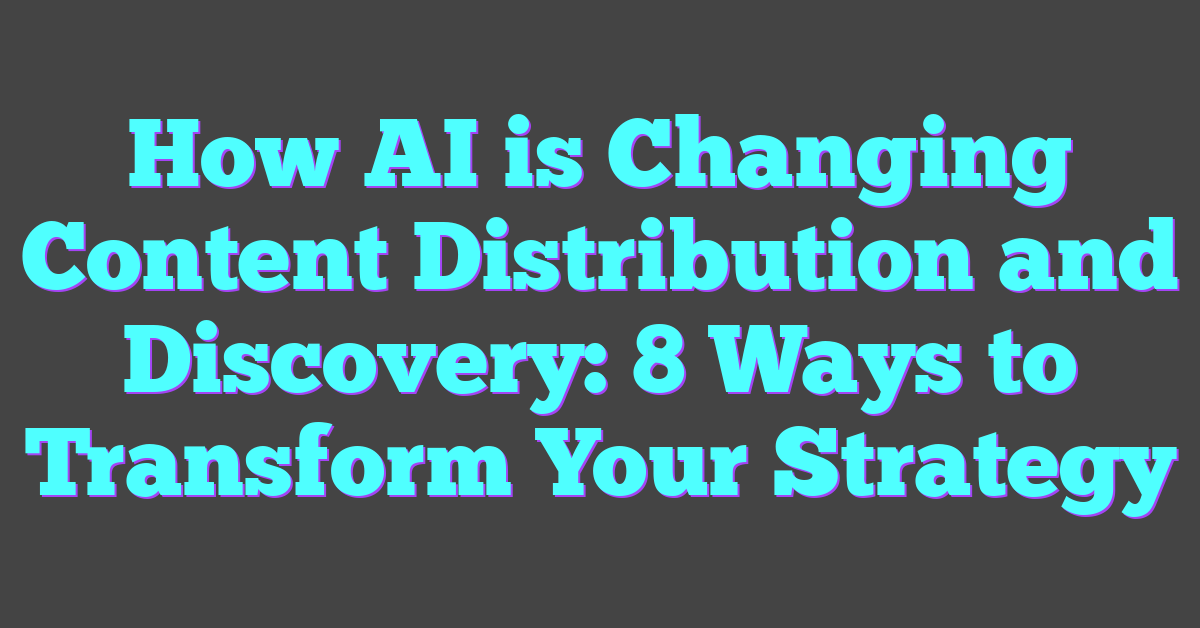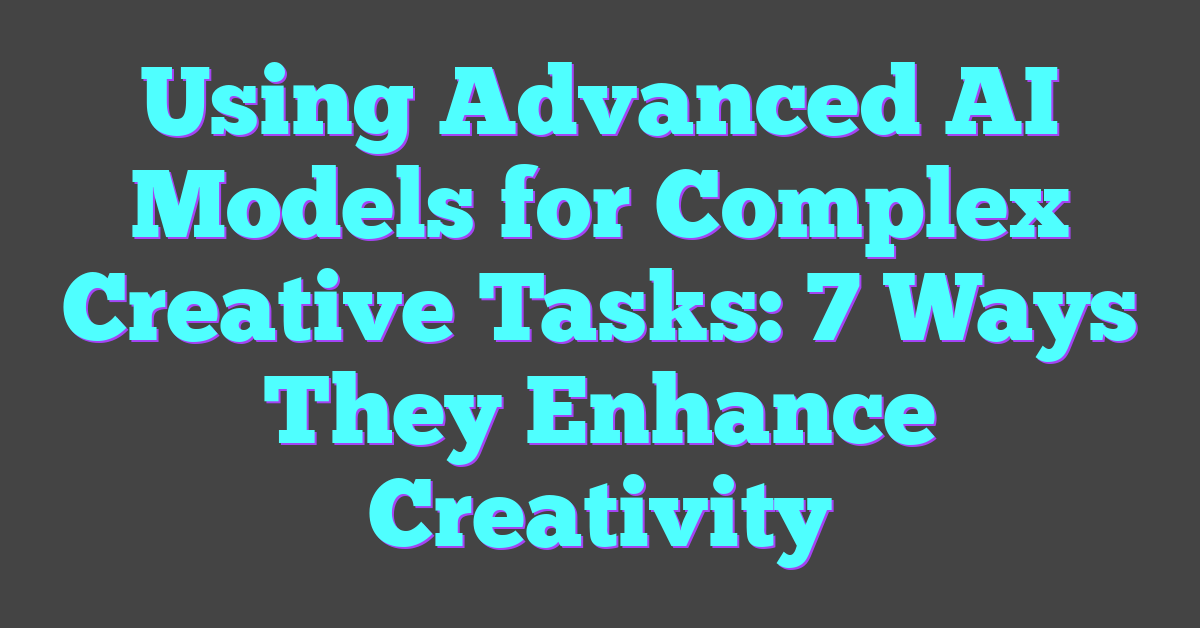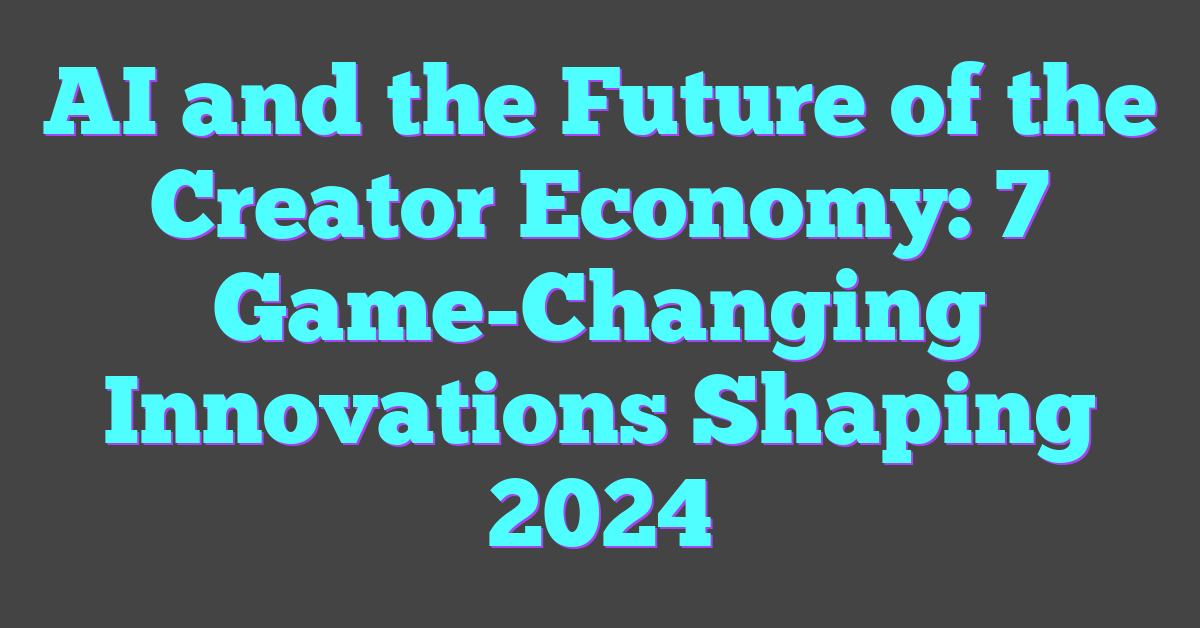When it comes to creating AI-generated art, Craiyon has quickly become one of my favorite tools. It’s fascinating how this platform transforms simple text prompts into unique, visually captivating images. Whether you’re an artist, a designer, or just someone curious about AI, Craiyon offers endless possibilities to spark creativity.
What I love most about Craiyon is how accessible and fun it is to use. You don’t need to be a tech expert or an art professional to dive in. With just a few clicks and a bit of imagination, you can bring your ideas to life in ways you never thought possible. It’s a tool that’s as inspiring as it is innovative.
Overview Of Craiyon
Craiyon is an AI-powered tool designed to generate images from text prompts. Its foundation lies in machine learning models trained on extensive datasets, enabling it to interpret user input and produce visually creative outputs. By integrating advanced neural networks, Craiyon bridges the gap between human imagination and AI-driven artistry.

The platform’s versatility allows it to cater to various creative needs, from visual storytelling and content creation to ideation for design projects. Users can input simple or complex prompts, such as “a futuristic cityscape under a pink sky” or “a robotic butterfly,” and Craiyon generates a unique visual based on that description.
One key feature of Craiyon is its accessibility. It operates directly in a web browser with no software installation required, making it easily available to anyone with an internet connection. This seamless access lowers barriers, giving creators of all skill levels an opportunity to experiment with AI-generated art.
Craiyon also stands out for its adaptability. The system refines its outputs by leveraging feedback mechanisms from user interactions. This feedback loop improves the model’s ability to align with diverse creative expectations, showcasing the transformative potential of machine learning in the realm of artistic innovation.
User-Friendly Interface
Craiyon’s interface simplifies the process of generating art through AI, making it accessible to users with varying levels of expertise. As someone passionate about AI and content creation, I find its seamless design enhances creative workflows.
Clean And Intuitive Design
Craiyon’s layout prioritizes simplicity, ensuring that even first-time users can navigate it effortlessly. The placement of input fields, settings, and generation options feels natural, removing unnecessary distractions. Clear visuals and an uncluttered screen keep the focus on the creative process, while the minimalist aesthetic reflects modern digital design standards.
Easy Navigation
The platform streamlines the navigation, with straightforward steps guiding users from text prompt entry to their finished image. Links and buttons are strategically placed, reducing confusion during interactions. Whether inputting keywords, adjusting options, or downloading results, the process feels instinctive. This efficiency lets creators concentrate on experimenting with text-to-image ideas instead of battling complex controls.
Innovative AI Capabilities
Craiyon impresses me with its groundbreaking AI-driven features, combining machine learning advancements with practical tools for creators. Its intelligent design unlocks creative potential in ways conventional tools can’t match.
Image Generation From Text
Text-to-image generation lies at the core of Craiyon’s capabilities. It uses deep-learning models trained on massive datasets to interpret user prompts and convert them into compelling visuals. When I enter a descriptive phrase, Craiyon analyzes the text, identifies key patterns, and generates an image that embodies the concept. For example, typing “surreal landscape with floating islands” results in a vividly imaginative render of the scene. This AI-driven process allows seamless translation of abstract ideas into tangible artwork.
Customization Options
Craiyon’s customization features empower users to refine outputs according to their vision. Adjustable elements, such as color tones, styles, and visual complexity, help personalize the final image. When I want a minimalistic design, I can fine-tune the settings to reflect simplicity. Alternatively, selecting more intricate visual layers leads to highly detailed creations. These options enhance versatility, serving artists, digital marketers, and content creators with diverse requirements.
Accessibility And Availability
Craiyon excels in offering unrestricted access to revolutionary AI-powered artistic tools. Its design prioritizes user convenience and seamless accessibility, ensuring widespread adoption.
Free To Use
I appreciate that Craiyon operates entirely free of charge. This inclusive model allows users from diverse backgrounds to explore AI-driven creativity without financial barriers. By removing cost limitations, Craiyon opens opportunities for students, hobbyists, and professionals alike to integrate advanced image generation into their projects. This approach also democratizes access to cutting-edge artificial intelligence, reinforcing its role as a transformative tool for creators everywhere.
Cross-Platform Support
Craiyon’s web-based framework ensures compatibility across devices and platforms. Users can access its full functionality from desktops, laptops, tablets, and smartphones, as long as they have an internet connection. This flexibility accommodates varying workflows and allows users to create on the go or from any location. Whether I’m on my laptop drafting blog content or on my phone reviewing a project, Craiyon’s cross-platform accessibility ensures my creative process is never interrupted.
Practical Applications
Craiyon’s versatility extends far beyond casual use, proving valuable in various fields. As someone passionate about artificial intelligence and creating content, I see its potential to redefine art, design, and education through AI-powered innovation.
Art And Design Projects
Craiyon transforms the creative process for artists and designers by producing unique visuals from simple text inputs. I often experiment with generating concept art, logos, or mood boards to kickstart projects. For example, inputting “minimalist logo with geometric shapes” results in distinctive designs that inspire new perspectives.
Marketers and advertisers benefit as well. They can create custom visuals for campaigns in minutes, avoiding time-intensive traditional methods. Craiyon’s ability to adapt styles, such as retro, futuristic, or impressionist, ensures it meets a wide range of aesthetic needs. This versatility fuels collaboration by acting as a starting point for design professionals.
Educational Uses
Craiyon enhances teaching tools by illustrating complex concepts. Educators can generate diagrams, historical scenes, or visual aids to simplify abstract ideas. For instance, I once used it to create a visual representation of neural networks for a machine learning workshop. By turning technical data into engaging images, it captures attention and aids comprehension.
Students see similar benefits, as they engage in visual storytelling or other creative assignments. With Craiyon, creating artwork for presentations or exploring historical reconstructions becomes both fun and insightful. Its AI capabilities bridge theoretical learning with practical innovation, making it indispensable in modern education.
Limitations And Improvements
Craiyon, while impressive, has certain limitations that impact its performance. The generated images occasionally lack intricate details or exhibit inconsistencies in complex prompts. For instance, detailed requests like “a futuristic cityscape with hyper-realistic architecture” might include distorted elements or imprecise alignments. These inconsistencies arise from the model’s dependence on training data, which may not fully cover all intricate scenarios.
Additionally, the AI struggles with nuanced interpretations of abstract or highly specific prompts. If phrases contain ambiguous language, Craiyon’s output might misrepresent the intended idea or fail to capture the user’s vision entirely. Developers could refine this by enhancing the model’s contextual understanding through more adaptive training techniques.
Craiyon’s limitations in resolution also warrant attention. The tool generates images suitable for digital use but lacks high-resolution output options for professional-grade applications like large-scale printing or advanced graphic design projects. Implementing higher resolution capabilities would expand its usability across demanding artistic and commercial domains.
Another area for improvement involves customization depth. While Craiyon offers adjustable elements like colors and styles, it doesn’t provide advanced controls over finer details like lighting, texture, or layer editing. Incorporating such features would empower users to fine-tune their creations further, bridging the gap between generated output and polished artwork.
Latency in image generation is noticeable, particularly for larger or complex prompts. The processing time, although reasonable given the computational demands, could discourage users seeking rapid iterations. Optimizing model efficiency or expanding server infrastructure could reduce wait times and improve user experience.
Despite these challenges, Craiyon demonstrates immense potential. Its limitations indicate specific areas where focused improvements can elevate its capabilities, aligning better with advanced user expectations and applications.
Conclusion
Craiyon has truly redefined how we approach creativity by blending cutting-edge AI with accessibility and ease of use. It opens up a world of artistic possibilities for everyone, regardless of skill level or background. While there’s room for improvement in areas like detail and resolution, its potential is undeniable.
Whether you’re an artist, marketer, or educator, Craiyon offers a versatile tool to bring your ideas to life in ways that feel both innovative and fun. It’s exciting to see how this platform continues to evolve, and I can’t wait to explore even more of what it has to offer.




